:quality(85)/cloudfront-us-east-1.images.arcpublishing.com/infobae/TQRQNVQI6RFMDAI6U7V6XT2JTY.jpg 420w)
The situation in Mariupol is desperate. A humanitarian catastrophe. A destroyed city. Razed earth. Hundreds of thousands of people without water or food. Hospitals attacked. The streets are no longer streets, just rubble dunes. Open and overfilled mass graves. Corpses that are no longer lifted by anyone.
Almost nothing is left standing in Mariupol.
Many have said that it is the new Guernica. Another city that was razed. Also like Grozny or Aleppo.
The numbers aren't accurate. It's impossible for them to be. Even the most optimistic calculations frighten. It is believed that only twenty thousand people managed to escape the city. More than three hundred thousand remain in the city. For a fortnight there has been no electricity, gas or running water. Planes fly over and bomb the city uninterruptedly. The hum of falling bombs became the characteristic noise of the city. The clapping of machine guns, the bullets pounding against the walls, the houses falling, the crackling of fire. Buildings — public buildings and private homes — were razed. It is believed that between the demolished and those suffering irrecoverable damage, more than eighty per cent have already been affected.
During the first days of the attack, people who had lost their homes and in the absence of gas cooked with small fires in the street. But now that's impracticable. Air strikes, missiles, ground artillery make this impossible.
And they have almost no food. The testimonies of the few who have been able to escape are shocking. The shortage is total. They gather rainwater and eat pigeons and other dead animals that they find there.
Aerial images of any corner of Mariupol are similar. They appear in black and white even if they are in color. You can only see debris, smoke and scorched ground.
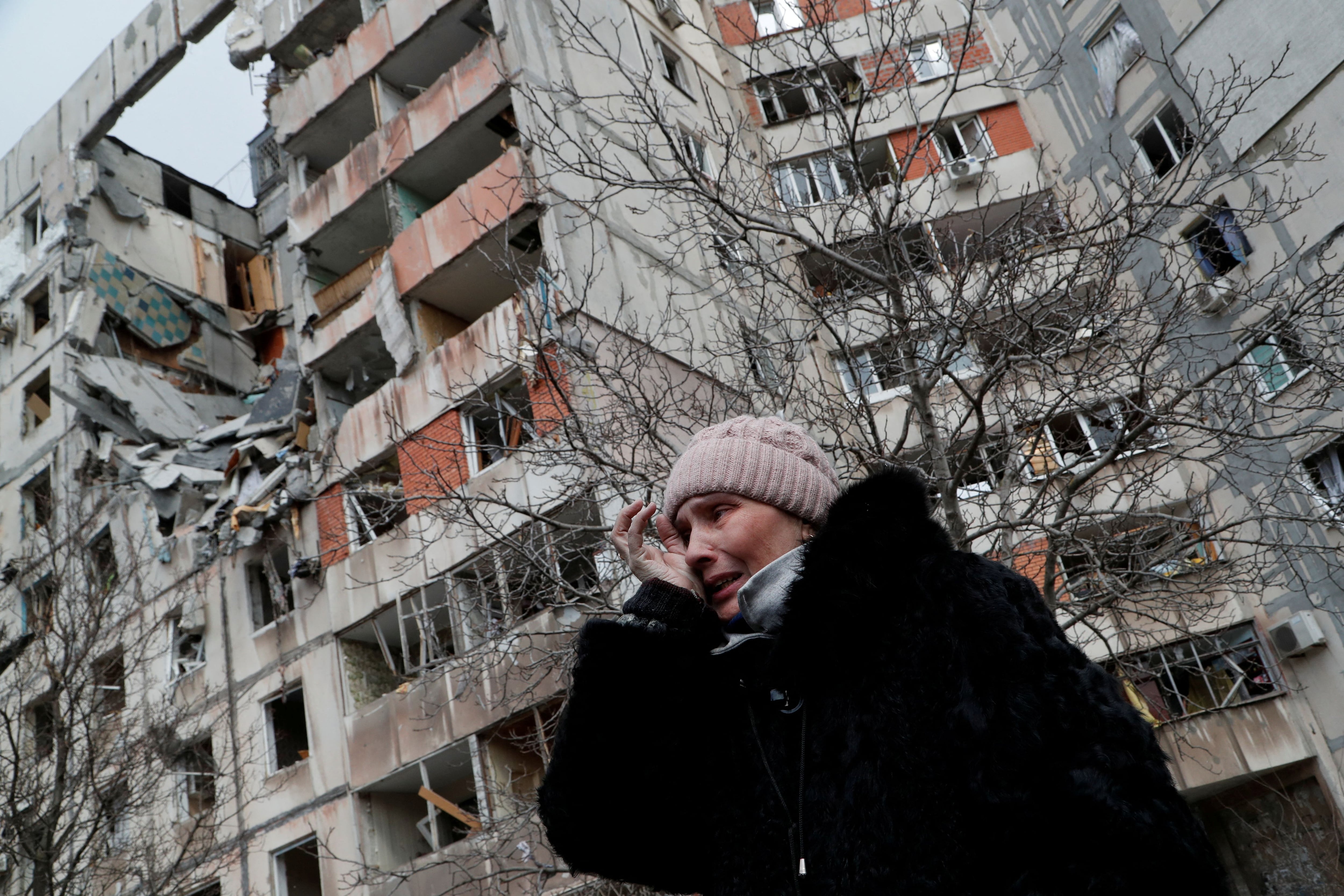
Allegations of the lack of humanitarian corridors are multiplying. Civilians can't leave town. Every building is attacked. The military and logistical objectives were attacked and achieved during the first few days.
The Russian plan is to starve the population, to bring them to the limit of despair. There is no food, water or medicine. There are no neutral places left either. A theater where children and women took refuge turned it into rubble. The bombs fell on hospitals, nurseries and schools. Destruction isn't the only tactic. Also the closure of the city. That its inhabitants do not leave, that they cannot escape. And not to let anything enter, let everything that ever existed be over. May hunger, thirst and infections (as if it had turned eighty years in time) multiply death, exhaust hope.
The shelters were converted into permanent residences. Because the bombing doesn't stop and because there's nowhere else to go. Russian troops entered the city and there were (unequal) fighting with the resistors. They hand out white bracelets to those who are loyal to them and spread images of how they only provide food to those who respond to them.
The Mariupol Cemetery is located outside the city, behind the fence. Even if the place was further away, there would not be much that would carry the bodies to the cemetery. There is almost no gas for cars. And there is almost no strength. Mass graves were dug in the middle of the city. But they're already overwhelmed. Corpses haven't been lifted off the streets in a couple of days. The death toll is uncertain. Impossible to calculate.
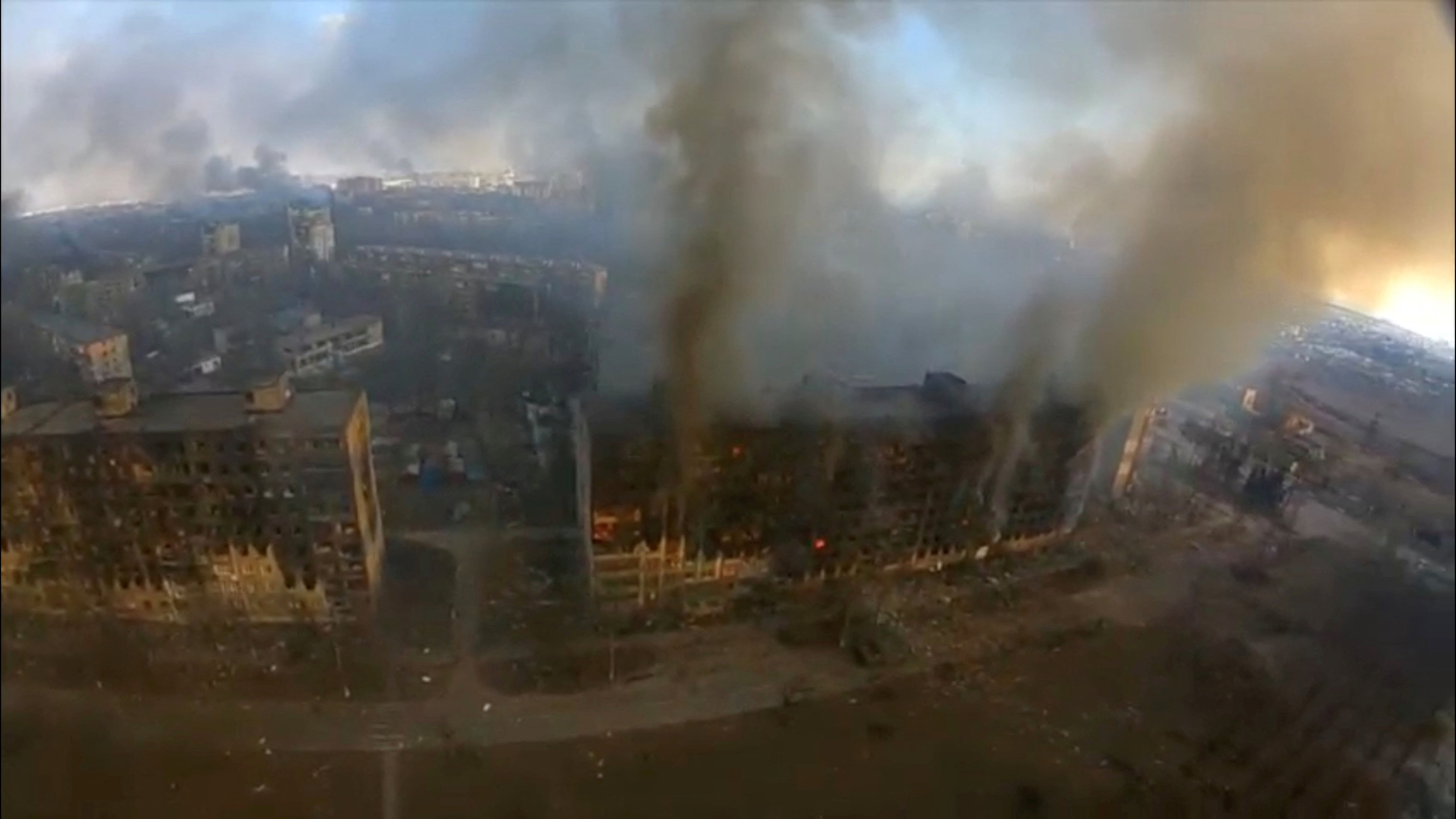
The port city is of great strategic importance to Putin. The logistical advantages of having a port available to supply troops on that front of the invasion and the possibility of having a corridor under its rule next to Crimea and the other occupied territories.
The tactic used by Putin seems to be the same as that used in the Syrian city of Aleppo and in Grozny. In 2000, the Russians attacked the Chechen capital with impudence until they destroyed everything in their path. Literally everything. Let civilians die or leave the city, and let the troops walk in the rubble. Analysts call it “The Grozny Doctrine”. The troops that win don't conquer a city. Because there's nothing left to conquer. They only make one city disappear. And its inhabitants.
Something like what happened in Guernica many decades earlier.
Guernica. April 26, 1937. Market Day. Monday afternoon. An autumn sun warmed the crowded streets. People did their shopping. They discussed prices, laughed, fought, someone walked with the lost thought: the ordinary things that happen in a city in the afternoon.
But that wasn't another afternoon. At 16.35 the first plane crossed the air of Guernica and discharged its damn load of bombs and bullets on the city. Then the attacks followed for almost four hours. 42 German and Italian aircraft in support of the Franco revolt forces. First the bombs. Then the bullets. Finally the fire. Always: death and destruction. The pain.
The horror.
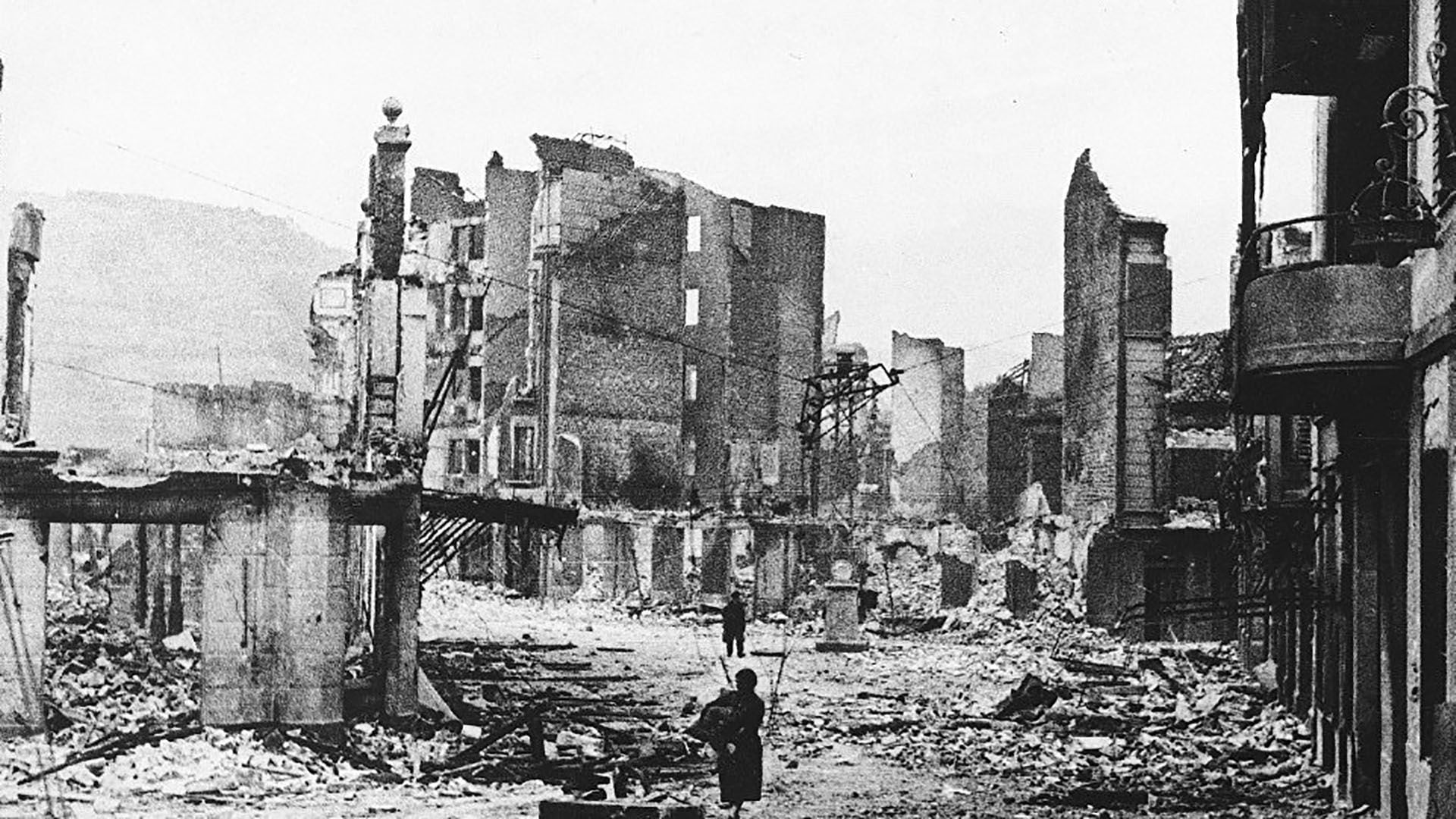
The dead were more than a thousand (out of a population of seven thousand). The injured more than twice as much. Seventy percent of the houses were totally destroyed by bombs and fire. Another twenty percent were severely damaged.
Almost four hours of panic. Almost four hours of pain. Almost four hours of death. Almost four hours of devastation and ignominy.
Bombings going low. No risk of defensive attacks (the advantages of attacking defenseless civilian populations). Everything planned perfectly. First, the bombs and hand grenades. Subsequently, the machine guns hit everything that moved, aiming and killing those who ran terrified through the streets (a few were saved by diving head first into the craters that had produced the first bombs: the exception to the rule). Finally, the firebombs: to destroy the houses that were still standing, to set fire to the ruins and burn the bodies alive and dead.
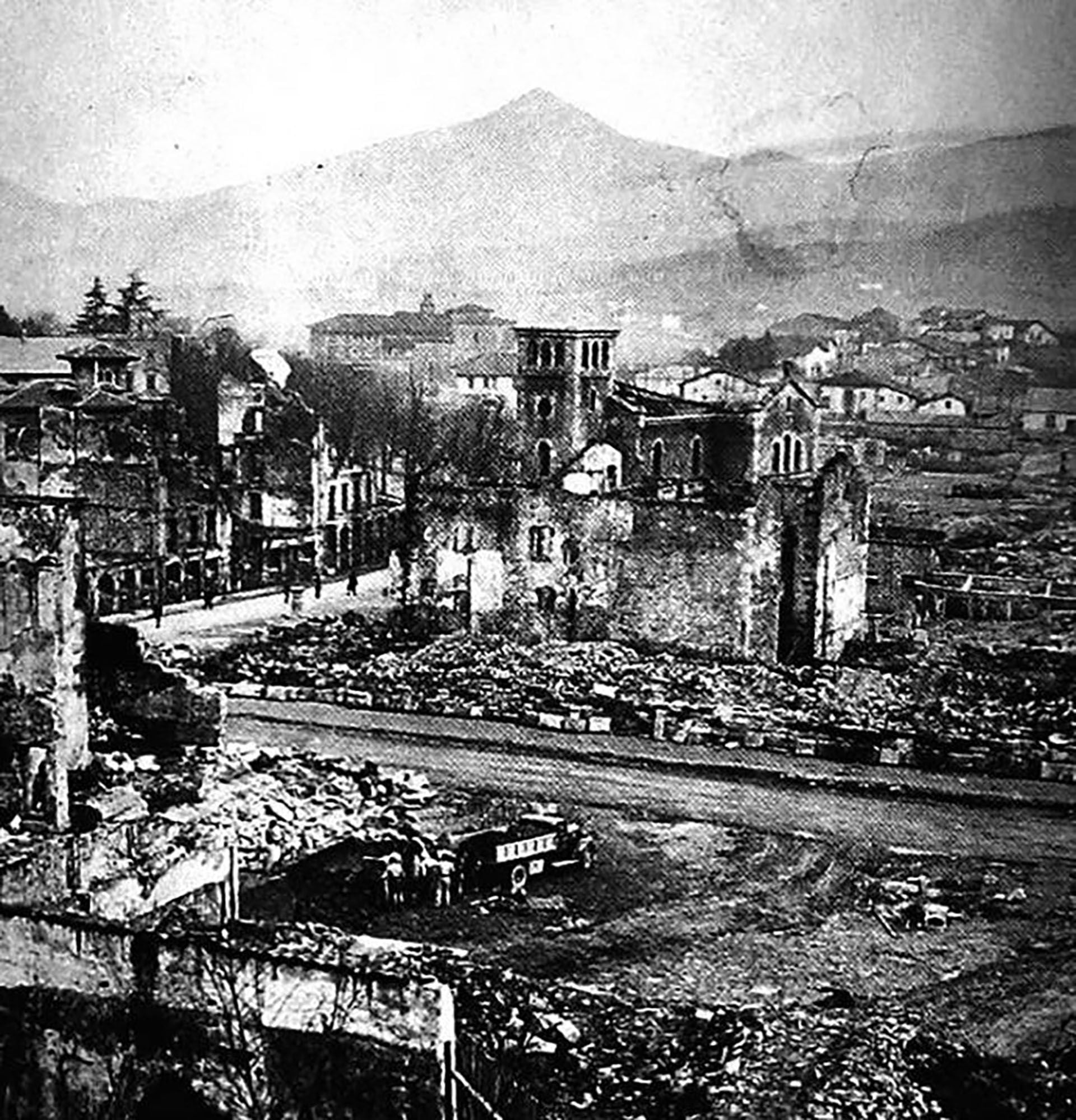
Franco, shortly after, declared: “The destroyers of Guernica will not be able to invoke the homeland.” With the bad literary style of murderers, with the cynicism of dictators. With that fierce passion they possess for lies and deception. They quickly wanted to install the idea that Guernica had been torn apart by the Basques themselves, practicing the policy of scorched earth. They then tried to magnify the importance of Guernica as a military objective and to minimize the massacre. The flimsy lie did not hold up. And two people were the most responsible. A journalist and a painter. With its true vocation, in the fight against deception and oblivion.
George Steer was 27 years old and was a journalist, civil war correspondent for the London Times and the New York Times. When he heard about the bombings, he traveled the thirty kilometres — he was in Bilbao — that separated him from the city. He entered Guernica when it was getting dark. That didn't stop him from seeing the magnitude of the disaster. The houses were still burning (like candles on the hill, he wrote). The fetid smoke penetrated his lungs. Every corner smelled like death.
Two days later, the front pages of the two most important newspapers in the world on their cover published Steer's article on the attack. Reading it today, seventy years later, still amazes. Not only because of its pristine style. The clarity of concepts, the accuracy of the data — corroborated by subsequent historical investigations — and, above all, the perfect interpretation of the motivations and scope of the bombing. Steer says in his note: “Because of the way it was carried out, the scale of destruction achieved and the selection of its target, the attack on Guernica is unparalleled in military history. Guernica was not a military objective. Outside the village there is a factory that produces war material and it was left intact. The same can be said of two soldiers' barracks that are some distance from the village. The village is far behind the lines of battle. The bombing apparently sought the demoralization of the civilian population and the destruction of the cradle of the Basque race”.
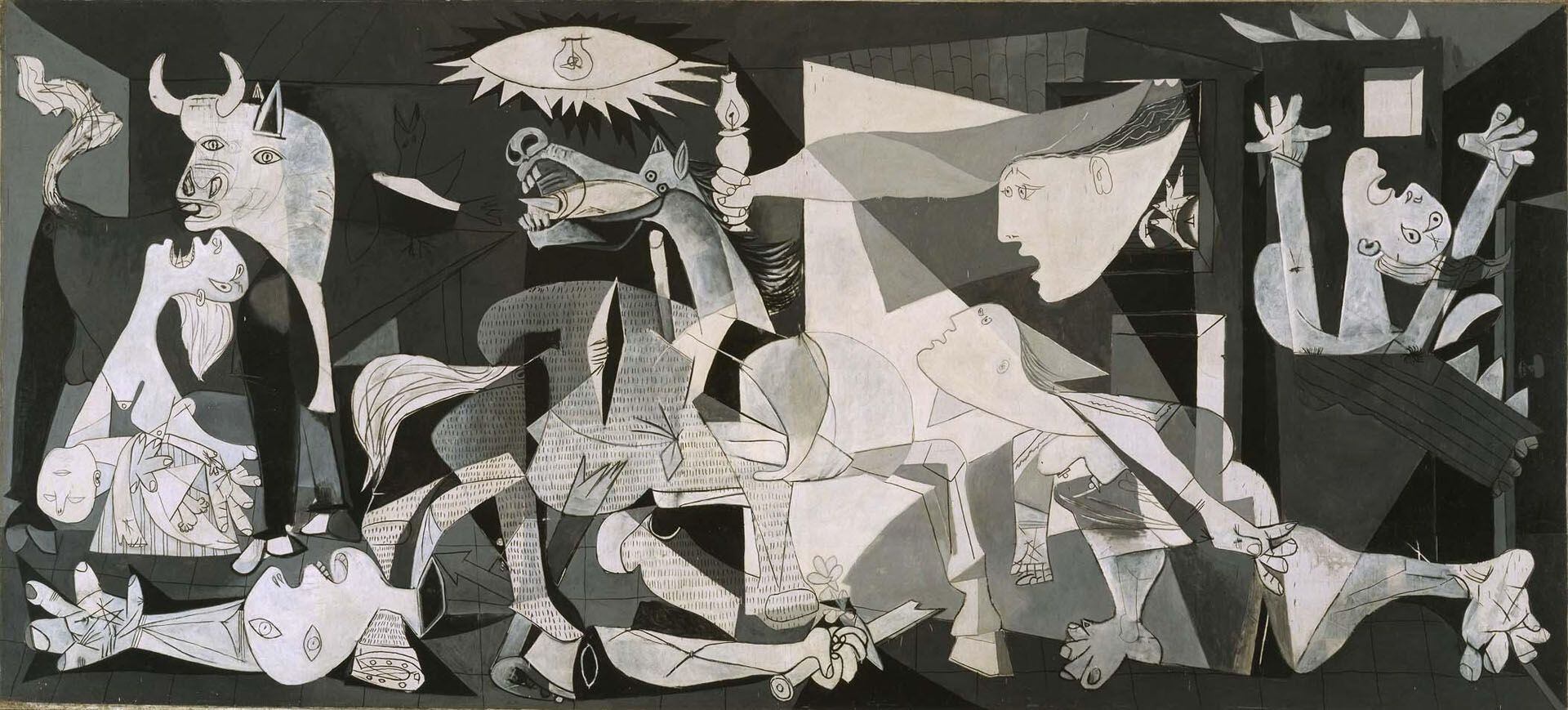
Much has been written in these seventy years about the bombing of Guernica. Nothing written — less than these paragraphs — provides greater clarity and forcefulness than this article by George Steer, written in his notebook as soon as he entered the ravaged city, a few hours after the bombs.
Pablo Picasso had received a commission. The government of the Spanish Republic asked him for a painting for the Spanish pavilion of the 1937 Paris International Exhibition. Picasso accepted without knowing what he would paint. Until one day he read the paper. He went to work frantically. The result was captured on an immense canvas almost three and a half meters high and eight meters wide. Guernica. In white, black, gray and bluish touches, almost imperceptible. Reflecting the horror.
A bull, a mother screaming in pain, severed arms, heads cut with excessive open eyes, fire, a young girl crawling in agony, women screaming despair and pain, a horse, broken swords, mouths full of horror. And a flower.
Guernica and Mariupol are related in their atrocity, in their inhumanity, in their horrific capacity to produce pain and death. The same barbarism.
KEEP READING:
